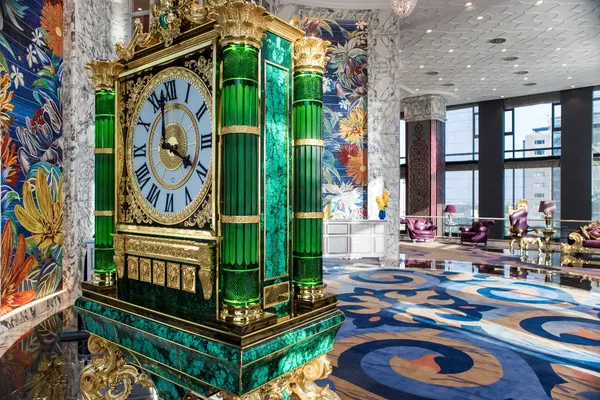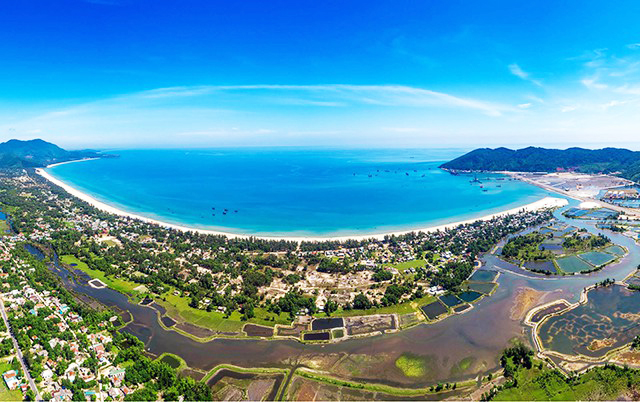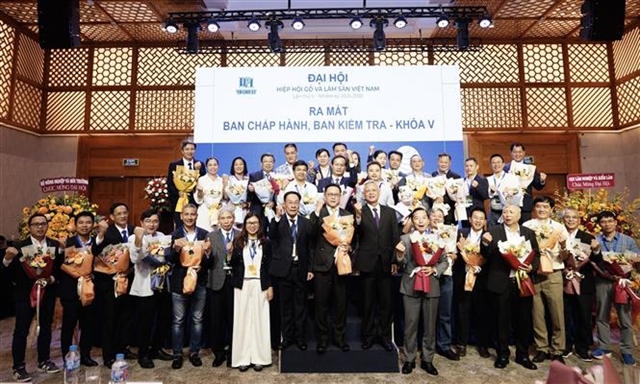 Life & Style
Life & Style


|
| An aerial view of Lăng Cô Bay look from the upper Hải Vân Pass in the central Thừa Thiên-Huế Province. Photo courtesy of local Department of Tourism |
THỪA THIÊN-HUẾ Lăng Cô Bay in the central province of Thừa Thiên-Huế is celebrating 10 years since it was added to the WorldBays list of the world's most beautiful bays.
Yesterday and today, authorities in the province’s Phú Lộc District, where the bay is located, are hosting a celebration of the anniversary under the title "Lăng Cô – one of the world’s most beautiful bays".
The event includes food, a beer fest, sport tournaments and a craft fair, as well as a photo exhibition, fireworks performance and art camps. Hồ Trọng Cầu, the district’s deputy chairman, said local authorities expected the festive day to remind people of Lăng Cô’s beauty and draw more visitors to the bay.
On Tuesday, provincial authorities announced their master plan to make Lăng Cô one of the country's most prominent tourism hubs. Under the plan, Lăng Cô Bay will join with the adjacent Cảnh Dương Beach to form a marine tourism entity that includes eight zones for different functions.
The first zone includes much of Lập An Lagoon and Lăng Cô District, which includes the majority of hotel and resort facilities around the bay. The second zone has part of Lập An Lagoon and the Hói Mít and Hói Dừa areas, and provides tourism services inside a residential area. The third includes Cả Beach, Chuối Beach and Sơn Chà Pennisula, which are home to luxury tourism services.
The 9,490ha entity has another five zones, including a zone with the Chân Mây Sea Port that can accommodate large tourism vessels.
The planners have targeted the development of leisure travel, ecology tourism, golf tours, sport travel and MICE (meetings, incentives, conferences and exhibitions) tourism.
The provincial authorities also want the scheme to develop the area's infrastructure.
Authorities expect to increase revenue to VNĐ3.4 trillion (US$146 million) by 2025 by welcoming 1.5 visitors per year. They are also targeting 2.5 million visits by 2030 for revenue of VNĐ7 trillion.
Authorities said the plan was created to develop Lăng Cô into a world-standard destination, and would attempt to make use of the areas untapped beaches and lagoon.
Local tourism has for two decades relied on the relics left behind by the Nguyễn Dynasty (1802-1945) in and around Huế, the former capital city of Việt Nam. This heritage-based tourism system has been blamed for the area's low stay percentage among tourists, as they flock to neighbouring Đà Nẵng and Hội An for relaxation. — VNS




